Stretching for over 120 kilometres, the ancient Magaliesberg Mountains are situated in the northeast of South Africa. It features hidden valleys, crystal streams, sparkling waterfalls scattered with diverse fauna and flora. Apart from its impressive mountain scenery, it is also home to abundant wildlife including over 300 bird species. Visitors can choose from an array of accommodation options ranging from farm cottages, comfortable guesthouses, and luxury hotels, to self-catering venues and tented bush camps. Popular activities include: horse riding, canopy zip lining tours, bird watching, abseiling, rock climbing, rafting, hot-air ballooning, hiking and game viewing. Don’t miss the opportunity to visit the famous Cradle of Humankind.



Resting at the foot of the northern Drakensberg Mountains, in South Africa’s Limpopo Province, the town of Tzaneen serves as the economic hub of the region. The surrounding landscape is made up of lowveld and mountainous terrain scattered with indigenous and exotic plants. This large bustling town is a popular tourist destination with visitors enjoying its convenient proximity to a variety of game reserves and natural attractions namely, the Kruger National Park and the breathtakingly beautiful Blyde River Canyon. Set in a fertile subtropical area, the town is also known as one of the country’s top producers of tea, coffee, mangoes, avocados, and pawpaws. Other popular activities include: hiking, mountain biking, climbing, fly fishing, rafting, and kayaking.
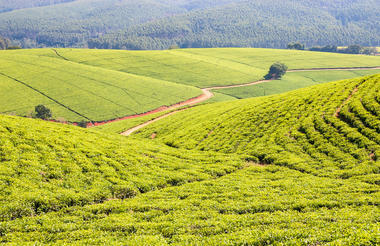
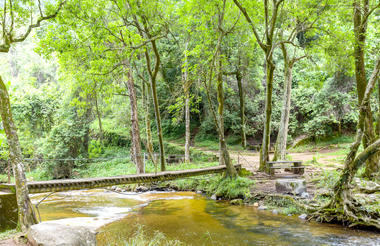
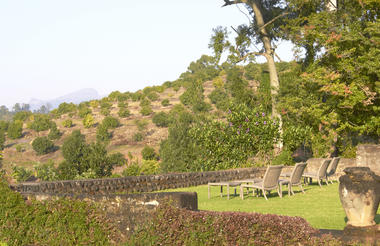
Situated in South Africa’s beautiful Limpopo Province, the ancient city of Mapungubwe is a UNESCO World Heritage Site and one of the richest archaeological sites in Africa. Mapungubwe is said to have been the centre of the largest known kingdom on the African continent. In the 1930s, excavations in the now Vhembe-Dongola Transfrontier Park yielded a cemetery of 23 graves, some containing gold artefacts, including the ‘Gold Rhino’, considered by many to be the symbol of the African Renaissance. These artefacts confirmed that there had been trade between Southern Africa and East Africa, India, Egypt, Persia and China as early as 800 years ago.
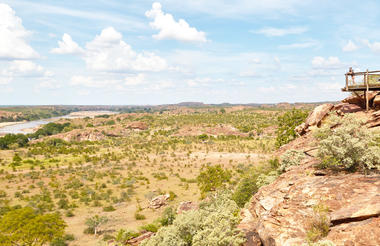
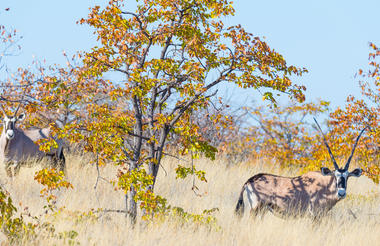
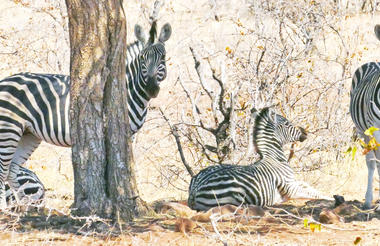
Although located close to the Indian Ocean, northern Kruger experiences high levels of aridity because of the Limpopo high-pressure system. Covered in a blanket of shrub mopane, the low-lying northern Kruger area is dissected by the Olifants and Letaba rivers and other, smaller rivers that are more like large pools of water. The addition of reservoirs has allowed for the presence of hippos and water birds. These areas of water have created lush river corridors, adding to the ecological diversity of the area and attracting various animals and birds, including waterbuck, bushbuck, kudu, nyala, buffalo, lion, leopard, hyena and half of Kruger’s elephants.
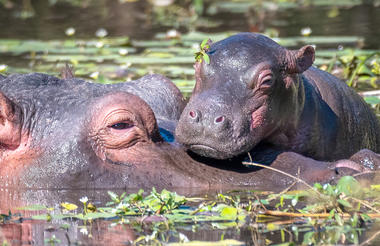
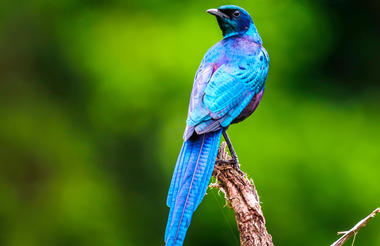
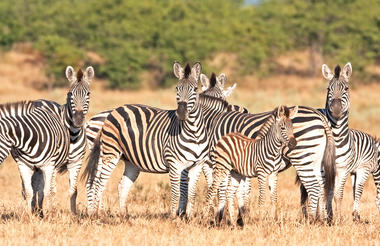
Stretching over more than two million hectares, the famous Kruger National Park is one of the world’s largest game reserves and a truly remarkable destination. Owing to its exceptional size, visitors are able to experience fantastic diversity – from changing scenery and ecosystems to an impressive array of animals, plant life and birdlife. The park is home to over 130 mammals and over 500 bird species. Visitors can look forward to learning about the area’s prehistoric past, enjoying a host of accommodation options, and viewing abundant wildlife including the famed Big Five. The diversity and sheer density of wildlife make Kruger National Park an unforgettable and once-in-a-lifetime experience.



Situated in South Africa’s beautiful Mpumalanga Province, the quaint village of Dullstroom is known for its excellent fishing opportunities and fresh country air. Aptly named, Dullstroom (‘stroom’ meaning stream) enjoys an abundance of water, marking the beginning of the Crocodile River and home to other major tributaries. It serves as a convenient stopover for visitors on the way to the Lowveld and Kruger Park. Dullstroom piques the interest of many newcomers with its sub-alpine climate, three endangered crane species, abundant wildflowers, rare mammals, great fishing and features the highest railway station in South Africa at over 2000 metres above sea level.






